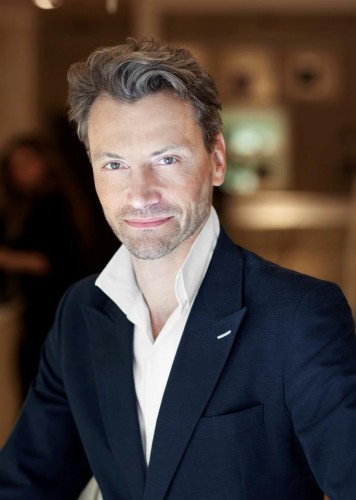
1230
The Gaudelet territory belonged to Romée de Villeneuve, who lived in the Château de Villeneuve-Loubet.
This land was given to him by Count Raymond Bérenger V of France.
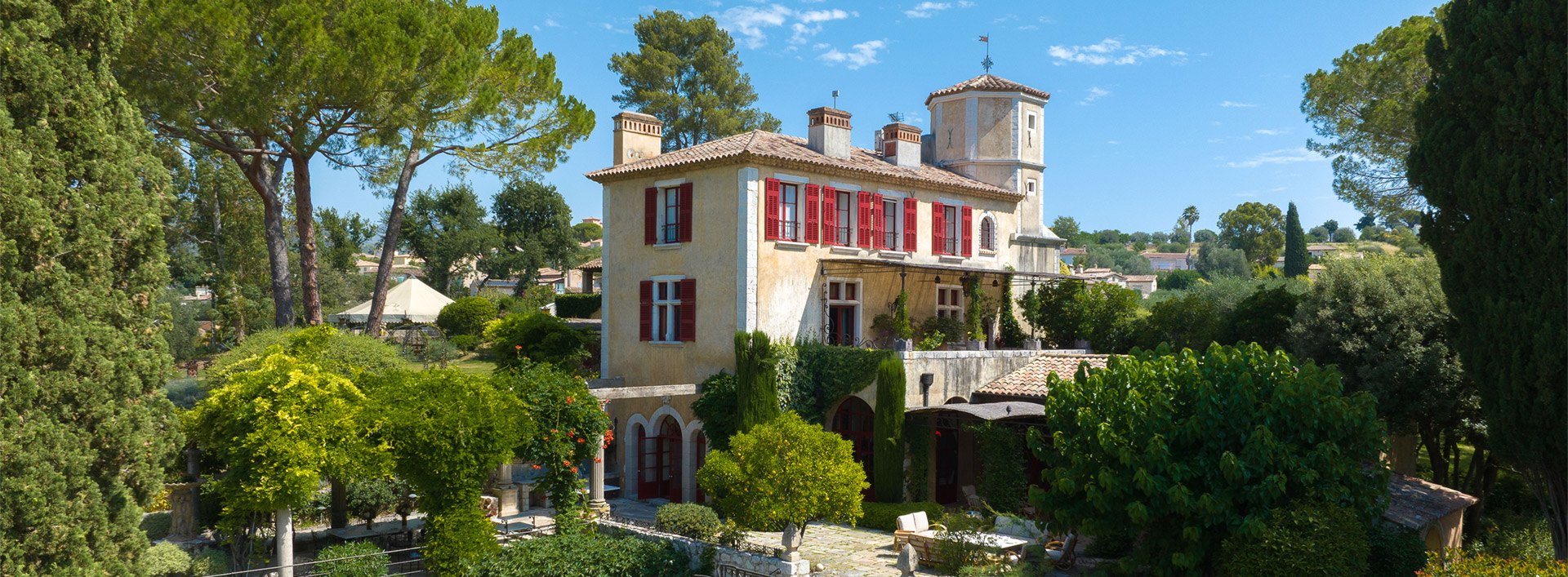
former 13th century fortress listed in the Supplementary Inventory of Historical Monuments since 1969, the Château de Montfort is a true architectural masterpiece. It has earned its illustrious reputation over the centuries, thanks to its renowned owners belonging to the upper echelons of the French bourgeoisie and nobility. It has also welcomed highly prominent guests, such as Francis 1 - King of France, and Pope Paul III.
Fully unique, the castle’s garden boasts a luxurious green landscape that invites visitors to enjoy an extraordinary olfactory journey. At the heart of this lush environment, between fountains and work of art, stands the estate's swimming pool designed by the world-famous artist Jean Cocteau.
Located on the French Riviera, it is near the gardens of Grasse, world capital of Haute Perfumery, and Saint Paul de Vence, a typical village in the south of France, painted by a myriad of famous artists (Henri Matisse, Chagall, Picasso, Miro, Maurice Utrillo, Chaïm Soutine...).
The castle was named after Montfort, where it is located. In the past, this area was part of the Gaudelet territory. And, in the 13th century, it included both the Château de Villeneuve and the Château de Montfort. At this time, the castle was an ancient fortress, given its strategic geographical location.

The Gaudelet territory belonged to Romée de Villeneuve, who lived in the Château de Villeneuve-Loubet.
This land was given to him by Count Raymond Bérenger V of France.
When Romée de Villeneuve died, the fiefdom was returned to the crown of France.
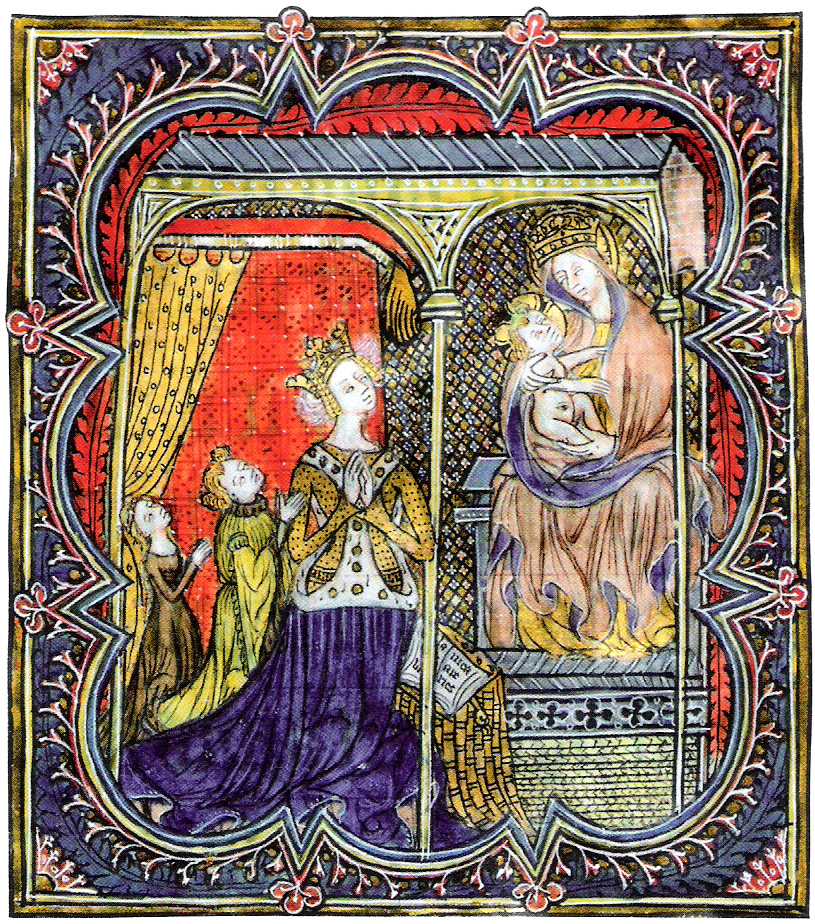
Yolande d’Aragon, Countess of Provence, donated the Gaudelet territory to Antoine de Villeneuve, Lord of Flayosc.
The Gaudelet territory was acquired by Pierre de Lascaris, Count of Ventimiglia. To compete with the nobles of the region, he rebuilt the Gaudelet territory and in particular the fortress, which later became the Château de Montfort.
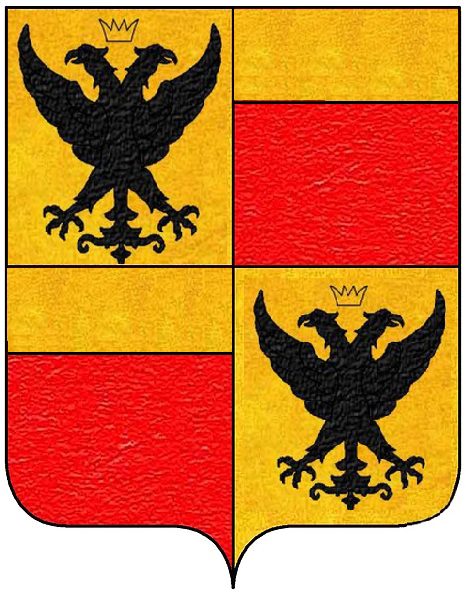

The castle was sold to Jean-Antoine Lascaris II, Count of Tenda and Ventimiglia, which he then gave as a dowry for the marriage of his daughter Anne Lascaris to René of Savoy (known as the Great Bastard of Savoy, illegitimate son of Philip II of Savoy, Duke of Savoy 1438-1497).
The castle’s coat of arms dates back to this period. Bearing a Count’s crown, it refers to the title of nobility held by René of Savoy. The House of Savoy’s coat of arms (red and white with a black line through it) is a reminder that René of Savoy was illegitimate.
It was also at this time that the castle was rebuilt to be used as a hunting lodge, adding a Renaissance facade, a ‘Hall of Honor’ with timbered ceilings, a fireplace bearing the arms of the Great Bastard of Savoy and the spiral staircase in the turret.
After the death of King Louis XII, Francis I ascended the throne. Son of Louise of Savoy, he was the nephew of René of Savoy.
The new king appointed René of Savoy governor and Grand Seneschal of Provence in 1515, then Grand Master of France, in 1519.
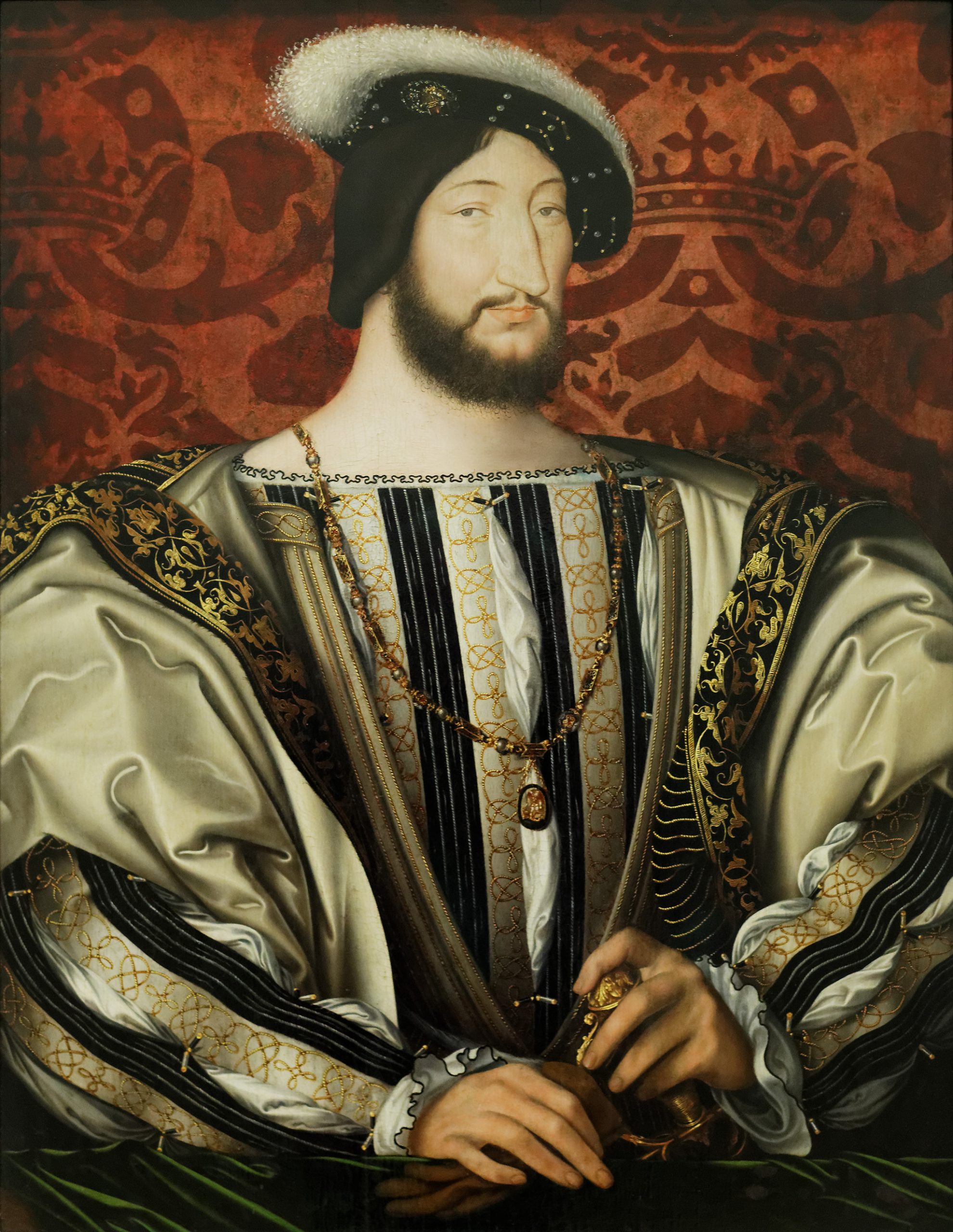
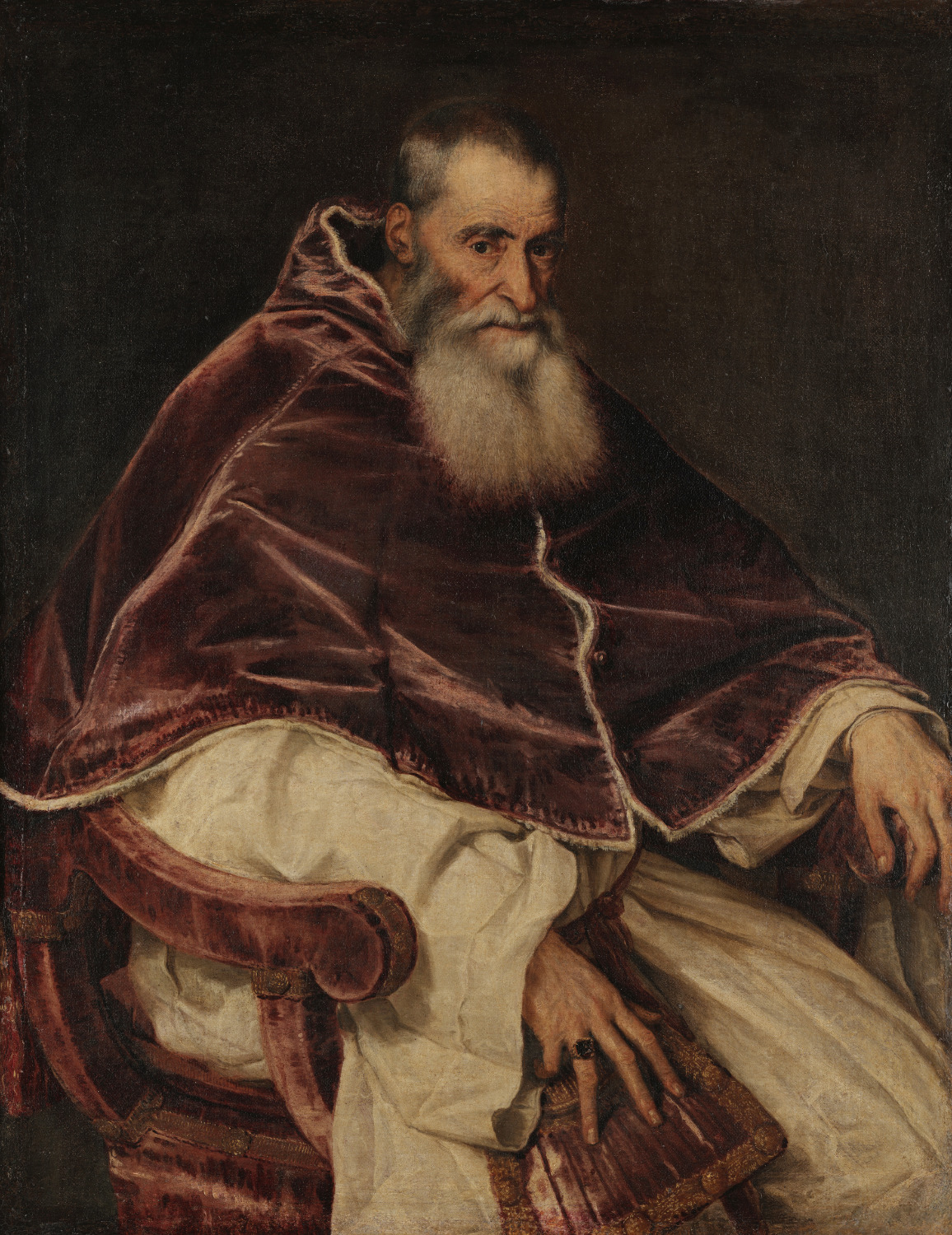
René of Savoy and Anne Lascaris hosted King Francis I, who modified the coat of arms by adding the ornamental aiguillettes from Saint Michael to display his devotion to Saint Francis of Assisi.
They also welcomed Pope Paul III into their home.
René of Savoy died. Anne Lascaris bequeathed the castle to her son Claude who, before his death in 1575, sold it to Charles of Lorraine, Duke of Mayenne.
Charles used the castle as a hunting lodge and shared some of the land with local farmers.
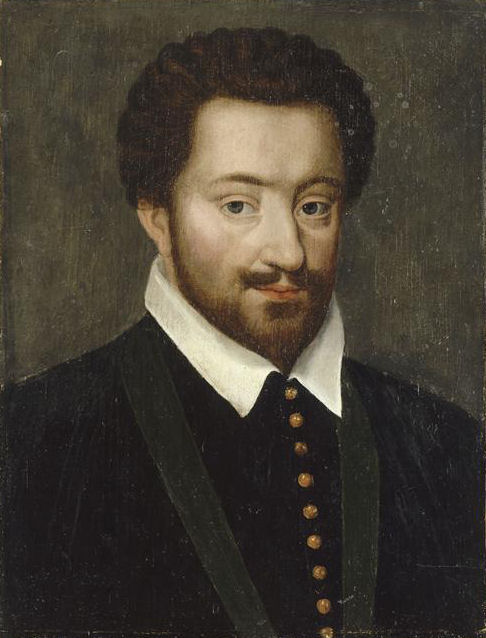
Over the centuries, the castle was occupied by diverse owners, including a Lieutenant of the French Armies, a Duke, a Lord and a Marquis, until 1882.
Mr. Mouton Marcelin, one of the first food merchants in Nice, purchased the estate. Passionate about the Castle, he wrote articles on the subject, which were published in the “Annals of Arts and Letters” of the Alpes-Maritimes region.
Lietta Thomas bought the estate, and his son would eventually have the Castle listed as a Historic Monument.
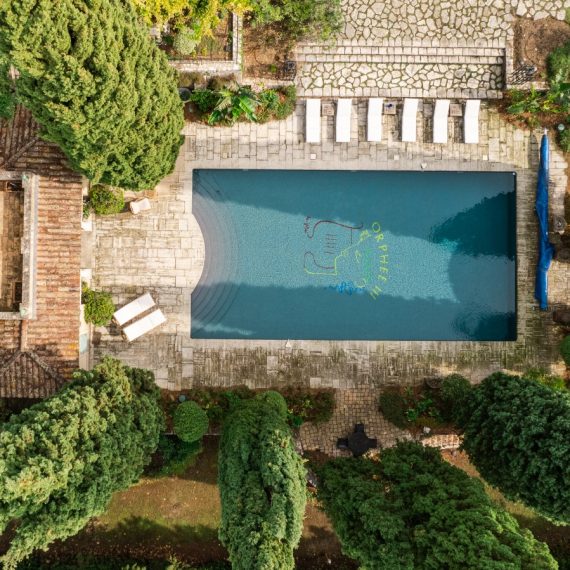
Séverin Wunderman (1938-2008) purchased the property. Owner of Corum, the Swiss luxury watch manufacturer, as well as holder of the license for Gucci Timepieces, he embarked on a complete restoration of the castle. As an admirer and collector of Jean Cocteau’s works, he exhibited the artist’s collection in the estate’s 12 rooms and even had a swimming pool built, which was designed by the artist himself. A patron of the arts, he created the Jean Cocteau Museum in Orange County, California and was also one of the major contributors to the Menton Museum, which opened in 2010 and displayed 1,200 works from Cocteau donated by Mr. Wunderman.
Charles-Edouard Barthes, founder of the luxury cosmetic brand EviDenS de Beauté, and his family acquired the castle. A native of the region, he grew up just a stone’s throw from Montfort.
As the estate had been abandoned since 2008, he undertook major renovation works to restore it to its former glory. Since then, the venue has become a private meeting place for brand aficionados and beauty lovers.
